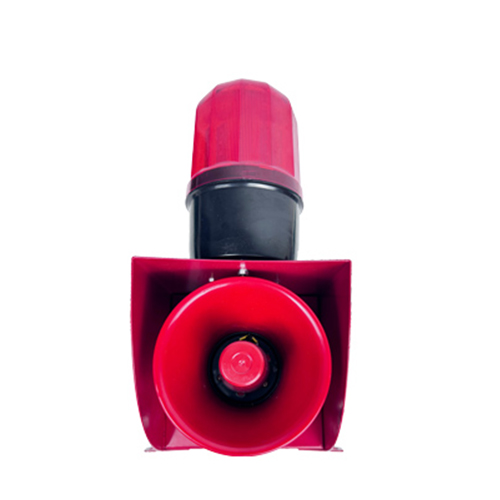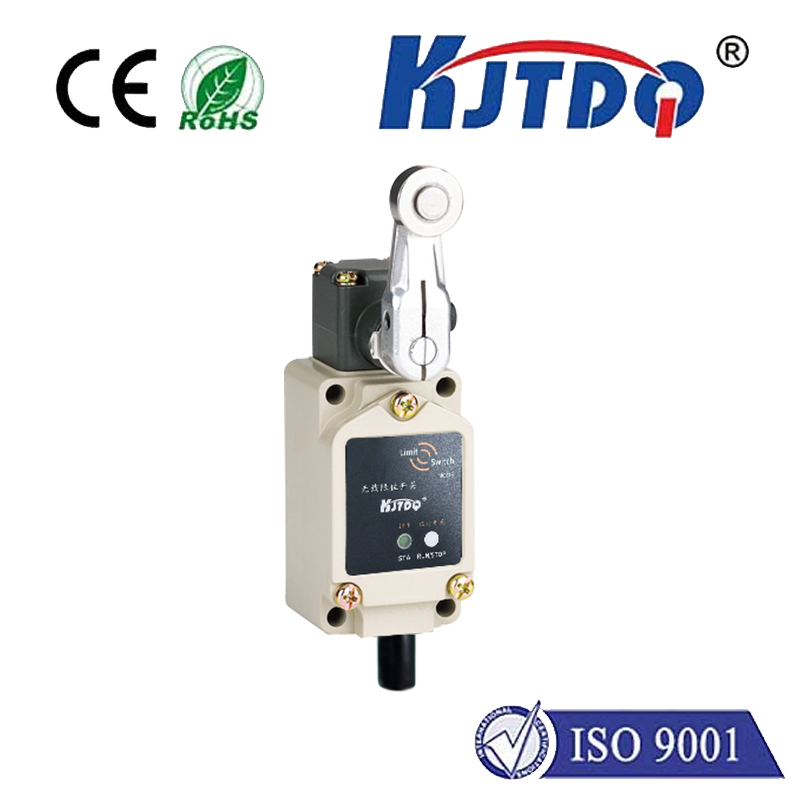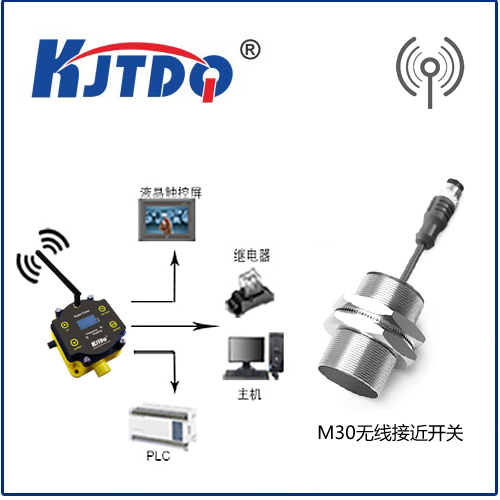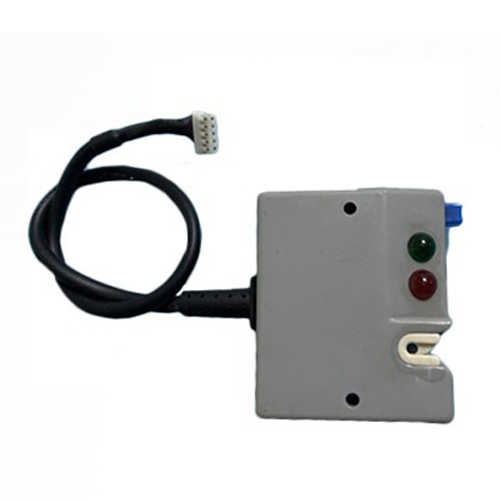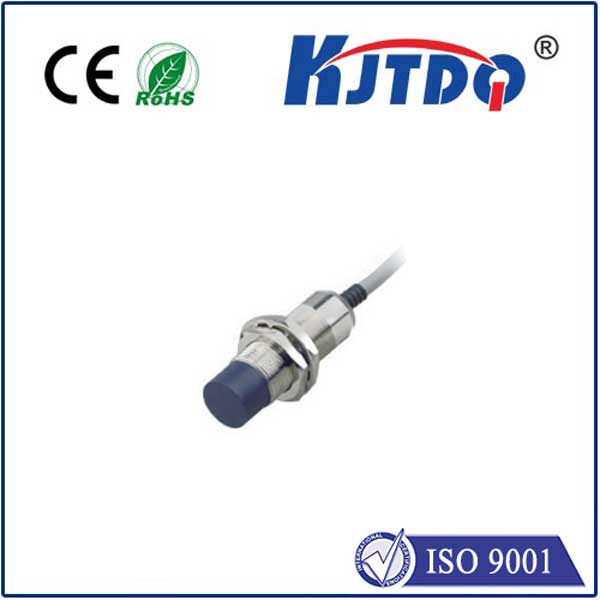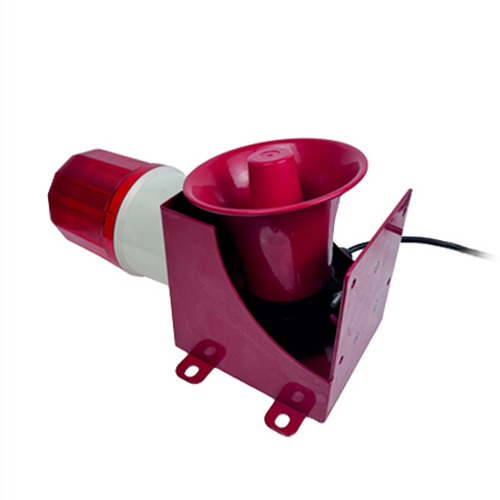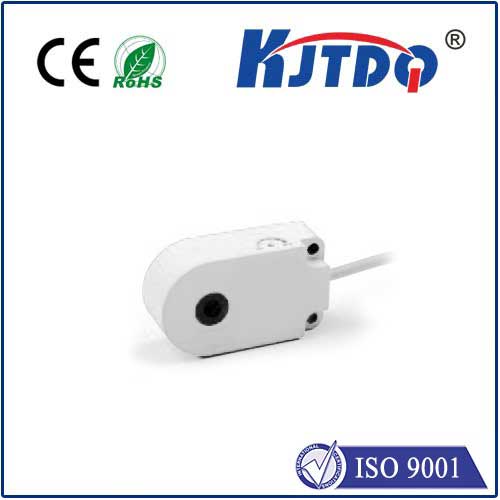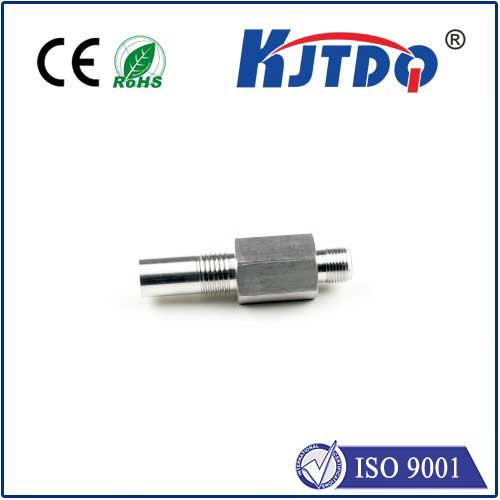sensor pr12 4dn
- time:2025-07-19 08:34:20
- Click:0
Sensor PR12 4DN: Your Reliable Partner for Versatile Object Detection
In the intricate dance of modern automation, unseen sentinels play a critical role. Sensors like the PR12 4DN photoelectric sensor work tirelessly, providing the essential “eyes” for machinery, ensuring processes run smoothly, efficiently, and reliably. But what exactly is this component, why is it so widely utilized, and what makes the PR12 4DN a standout choice for countless industrial applications? Let’s illuminate this cornerstone of object detection technology.
Photoelectric sensors operate on a simple yet powerful principle: they emit a beam of light (visible or infrared) and detect changes in the received light signal. When an object interrupts or reflects this beam back to the receiver, the sensor triggers an output signal. This fundamental capability makes them indispensable for tasks like position verification, counting, level control, and detecting presence or absence. Among the various photoelectric sensor types – through-beam, retro-reflective, and diffuse reflective – the PR12 4DN falls squarely into the diffuse reflective category.
Diffuse reflective sensors are the workhorses of photoelectric sensing. They house both the emitter and receiver in a single unit. The sensor detects an object when the emitted light hits the target and diffusely reflects some portion of it back to the integrated receiver. The simplicity of requiring only one mounting point and no separate reflector makes them incredibly easy to install and maintain – a significant advantage over through-beam or retro-reflective types that need precise alignment of separate components. This inherent installation flexibility is a major driver for their widespread adoption.
So, what defines the PR12 4DN specifically? Breaking down the nomenclature offers clues:
- PR12: This typically denotes the sensor series or family, characterized by a specific housing size (often a compact 12mm cylindrical barrel), performance characteristics, and electrical specifications common across the PR12 range.
- 4: This usually signifies the sensing distance capability. A “4” often indicates a moderate standard range suitable for diffuse reflective sensing, typically around 100-300mm (4-12 inches), though exact figures depend on the target’s color and reflectivity. This range hits the sweet spot for many common automation tasks.
- DN: This suffix frequently represents the output configuration and often the connection type. “DN” commonly indicates a DC-powered sensor (NPN or PNP transistor output) with a standard 3-wire connection (typically Brown = +V, Blue = 0V, Black = Output), usually featuring a quick-connect M8 or M12 connector plug. NPN (sinking) or PNP (sourcing) outputs allow compatibility with a vast array of programmable logic controllers (PLCs) and other control systems.
Unpacking the Strengths of the PR12 4DN
The popularity of the PR12 4DN sensor stems from its balanced blend of performance, durability, and practicality:
- Compact & Robust Design: The 12mm cylindrical housing is ideal for space-constrained applications. Built to withstand typical industrial environments, these sensors often feature sturdy housings (e.g., nickel-plated brass, plastic variants) offering IP67 or IP69K ingress protection ratings. This means excellent resistance to dust and water jets, making them suitable for washdown areas or harsh workshops.
- Reliable Diffuse Sensing: Offering a practical working range (commonly up to 300mm), it reliably detects a wide variety of objects. Many models incorporate background suppression technology, compensating for variations in target color, reflectivity, or background interference, significantly enhancing detection reliability and reducing false triggers.
- Simplified Installation & Wiring: The integrated emitter/receiver design and standardized 3-wire, M8/M12 connector drastically reduce installation time and complexity. Wiring is straightforward, minimizing setup errors and easing troubleshooting.
- Versatile Output Options: Available in both NPN and PNP configurations, the PR12 4DN seamlessly integrates into diverse control systems, whether they require sinking or sourcing inputs.
- Cost-Effectiveness: Offering dependable performance in a compact, durable package with easy setup, it represents an excellent value proposition for a vast number of standard detection tasks.
Where the PR12 4DN Shines: Real-World Applications
The PR12 4DN photoelectric sensor finds its home in countless scenarios across industries:
- Conveyor Systems: Detecting the presence, absence, or height of boxes, bottles, or products on a line, triggering counters, diverters, or stopping mechanisms. Its robustness is key here.
- Packaging Machinery: Verifying flap closure, label presence, or correct product orientation before sealing.
- Material Handling: Monitoring bin or hopper levels to prevent overflow or run-dry situations.
- Assembly Lines: Confirming the presence of components before a robotic arm engages or ensuring parts are correctly positioned. Precision detection is critical here.
- Automotive Manufacturing: Detecting parts on pallets, verifying component insertion, or monitoring fluid levels in reservoirs.
- Printing & Paper Processing: Detecting paper jams, monitoring roll diameters, or sensing the leading/trailing edge of sheets.
Choosing the Right Tool: Why PR12 4DN?
While advanced sensor technologies exist, the PR12 4DN sensor remains a fundamental and incredibly effective solution. Its core strengths – robustness, simplicity, reliability, and affordability – make it the go-to choice for a massive range of standard object detection tasks where extreme precision or very long ranges aren’t the primary requirement. It exemplifies the principle of fit-for-purpose design. When you need a dependable “switch” triggered by the presence of an object within a moderate distance, without complex alignment, and built to handle typical shop floor conditions, the PR12 4DN is often the perfect, cost-efficient solution. It provides the essential sensory input that keeps automated processes flowing smoothly, reliably, and efficiently – a true unsung hero in the world of industrial automation.





